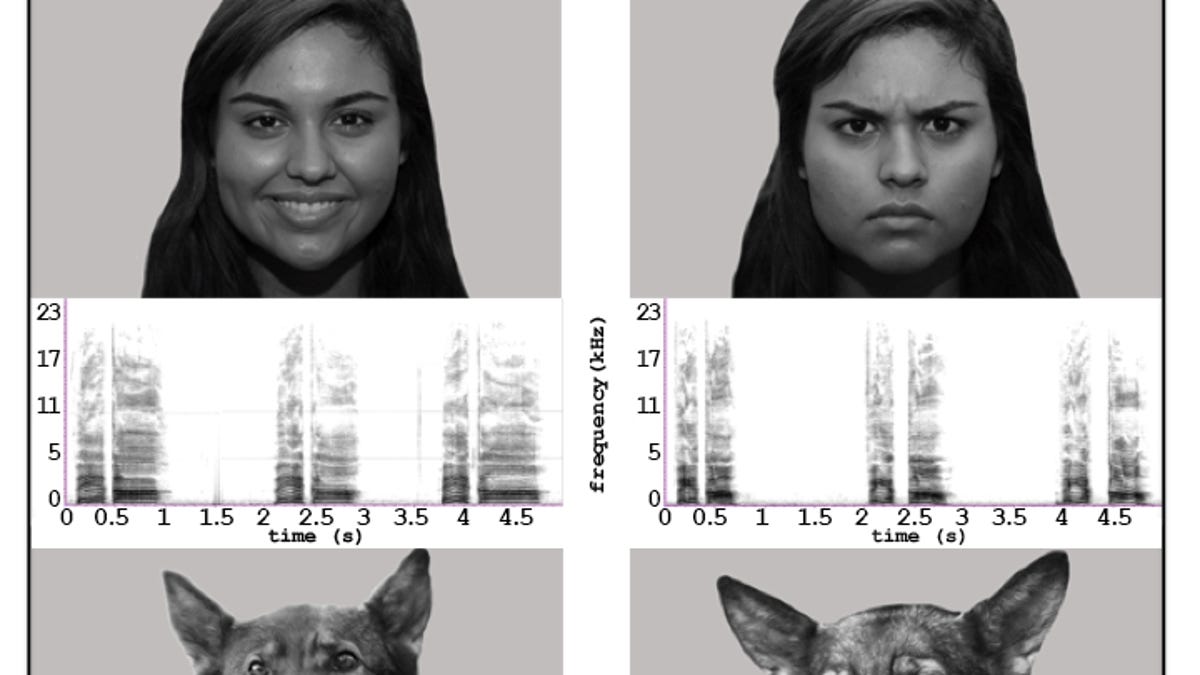Your canine friend knows how you're feeling
Using a combination of senses, dogs are able to recognise emotions in humans and respond accordingly.
You'd better ready your best poker face. Your dog is able to put together how you are feeling, based on a combination of images and sounds, and respond appropriately to either your positive or negative emotional state.
This may not be news to dog-lovers, who have seen what appear to be appropriate reactions from their beloved pups in response to anger or excitement or playfulness. But the research, published Wednesday in the journal Biology Letters, marks the first time dogs have been shown to use multi-sensory input to gauge a human emotional state.
The researchers, a team of psychologists and animal behaviour experts from University of Lincoln, UK, and University of Sao Paulo, Brazil, used 17 domestic dogs in their research.
To determine how these dogs gauge human emotion, the team showed the dogs images while simultaneously playing sounds. These images and sounds of both humans and dogs were placed into two main categories, positive, which included happy and playful, and negative, which included aggressive and angry.
The photos of facial expressions could be paired with either a compatible sound, for example a happy face with a happy vocalisation, or incompatible, such as a happy face with an angry sound.
The dogs had not been given any prior training, and the sounds and images were from unfamiliar people and dogs. The study found that the dogs spent a significantly longer period of time looking at the images that matched the sounds played, indicating that they were able to recognise what they were seeing and hearing.
"Previous studies have indicated that dogs can differentiate between human emotions from cues such as facial expressions, but this is not the same as emotional recognition," explained Kun Guo from the University of Lincoln.
"Our study shows that dogs have the ability to integrate two different sources of sensory information into a coherent perception of emotion in both humans and dogs. To do so requires a system of internal categorisation of emotional states. This cognitive ability has until now only been evidenced in primates and the capacity to do this across species only seen in humans."
The dogs' reaction also demonstrated, the team said, that they were not responding by rote with learned behaviour.
"There is an important difference between associative behaviour, such as learning to respond appropriately to an angry voice, and recognising a range of very different cues that go together to indicate emotional arousal in another," said the University of Lincoln's Daniel Mills. "Our findings are the first to show that dogs truly recognise emotions in humans and other dogs."


